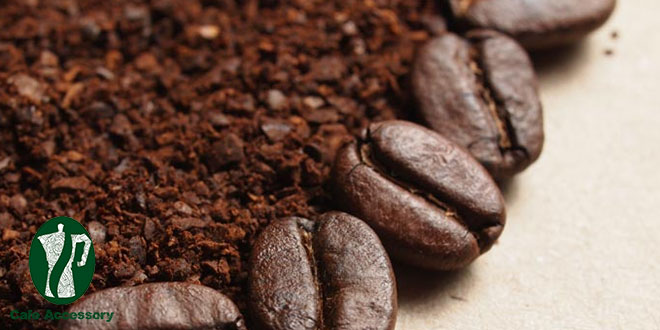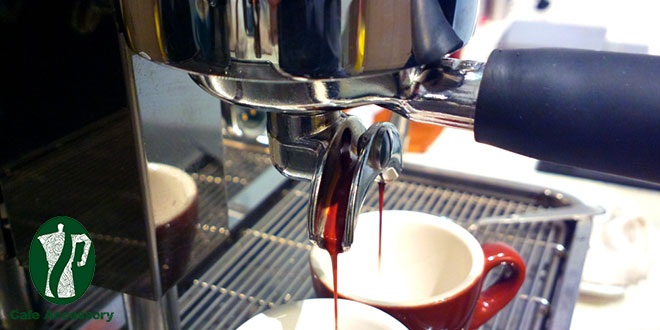کافه اکسسوری – فرآوری طبیعی Natural process (قهوه فرآوری شده خشک) قدیمیترین و سرراستترین روش فرآوری است.
گیلاس قهوه برداشتشده و سپس قرار است با میوه و پوست سالم و دانههای قهوه داخل آن خشک شود.
دانههای قهوه و گیلاس قهوه با هم خشک میشوند و در پایان مراحل خشک شدن جدا میشوند.
این یک تضاد کامل با قهوه کاملاً شسته شده است که در آن گیلاس و دانه زمان بسیار کمی را با هم میگذرانند.
خشک شدن قهوه طبیعی میتواند مدتزمان زیادی طول بکشد و بهسختی کار میکند، برای جلوگیری از تجمع کپک و تخمیر بیشازحد، نیاز به چنگ زدن و چرخاندن مداوم دارد که باعث طعم و مزه آن میشود.
زمان خشک شدن و درجه حرارت دقیق باکیفیت ارتباط دارد.
یک مسئله معمول در قهوههای فرآوری شده طبیعی این است که خشک شدن آنها خیلی طولانی میشود.
این قهوهها میتوانند ویژگیهای طعم گندیده یا بیشازحد «بد بو» ایجاد کنند.
فرآوری طبیعی Natural process
کارهای پیشگامانه Flavio Borém فعالیت آب در خشککردن قهوه را بررسی میکند و نشان میدهد که خشک شدن نادرست میتواند دیواره سلولهای دانهها را به خطر بیندازد، به این معنی که این قهوهها خیلی زود پیر میشوند و طعم آنها کمرنگ میشود.
اغلب پیشنهاد میشود که قهوه عطروطعم میوه گیلاس را «به خود میگیرد».
اگرچه نظریههایی وجود دارد، اما دلیل دقیق اینکه قهوه نوشیدنیهای میوهای و گردتری را با فرآیند طبیعی تولید میکند، دقیقاً مشخص نیست.
فرآیند طبیعی به میزان قابلتوجهی کمتر از سایر روشهای فرآوری به آب نیاز دارد و از این لحاظ ازنظر محیطزیست برتر است.
این همچنین بدان معنی است که احتمالاً در مناطقی از جهان با کمبود آب از فرآوری طبیعی استفاده میشود.
کاملاً غیرمعمول نیست که خریداران قهوه یک سیاست کامل «غیرطبیعی» داشته باشند.
من شخصاً فکر میکنم گرچه نمونههای زیادی از قهوههای فرآوری شده طبیعی «بد» وجود دارد که خاکی، چوبی یا ترش هستند، برخی از قهوههای فرآوری شده طبیعی میتوانند دارای طعمهای جالب و پیچیدهای باشند که بسیار خوشمزه هستند.
فرآیند طبیعی درواقع بسیار نزدیک به عسل و روشهای فرآوری طبیعی پالپ شده است و امروزه بسیاری از کشاورزان آزمایشی بهعنوان وسیلهای برای تغییر و بهبود خصوصیات طعمدهنده قهوه خود، با فرایندهای مختلف به سبک طبیعی بازی میکنند.
منبع: The Coffee Dictionary, Maxwell Colonna
Natural process
Natural processing (or dry-processed coffee) is the most ancient and straightforward processing method. The coffee cherry is harvested and then set out to dry with the fruit and skin intact and the coffee beans inside.
The coffee bean and the coffee cherry dry together and are separated at the end of the drying process.
This is a stark contrast to fully washed coffee, in which the cherry and the bean spend very little time together.
The drying of natural coffee can take a long time and is labour-intensive, requiring continual raking and turning to avoid mold buildup and overfermentation, which will result in off tastes.
The exact drying times and temperatures correlate closely to quality; a common issue in natural-processed coffees is that they take too long to dry.
These coffees can develop rotten or overly “funky” flavour characteristics.
Pioneering work by Flavio Borém looks at water activity in drying coffee and shows that incorrect drying can compromise the cell walls of the beans, meaning that these coffees age and fade in flavour very quickly.
Natural process
It is often suggested that the coffee “takes on” the fruit flavour from the cherry.
Though there are theories, the exact reason why the coffee develops winier, rounder fruit notes with the natural process is not precisely known.
The natural process requires considerably less water than other processing methods and is, in this sense, environmentally superior.
It also means that natural processing is more likely to be used in parts of the world with water shortages.
It is not altogether unusual for roasters and coffee buyers to have a complete “no natural” policy.
Personally, I think that, while there are many examples of “bad” natural-processed coffees that are earthy, woody, or sour, certain natural-processed coffees can have exciting and complex flavour profiles that are delicious.
The natural process is actually very close to honey and pulped natural processing methods, and nowadays many experimental farmers are playing with various natural-style processes as a means of altering and improving the flavour characteristics of their coffee.
کافه اکسسوری را در اینستاگرام نیز دنبال کنید.











